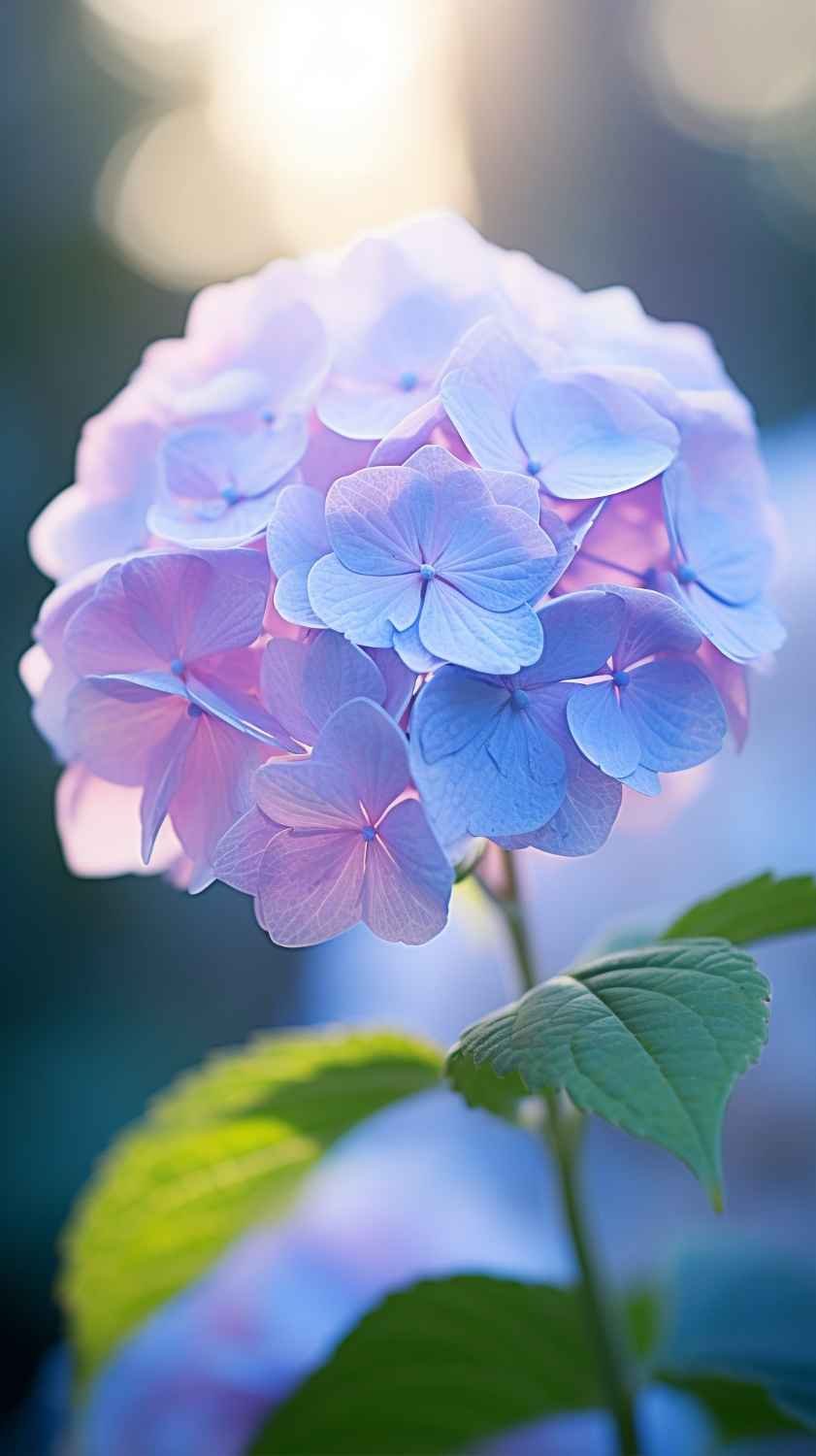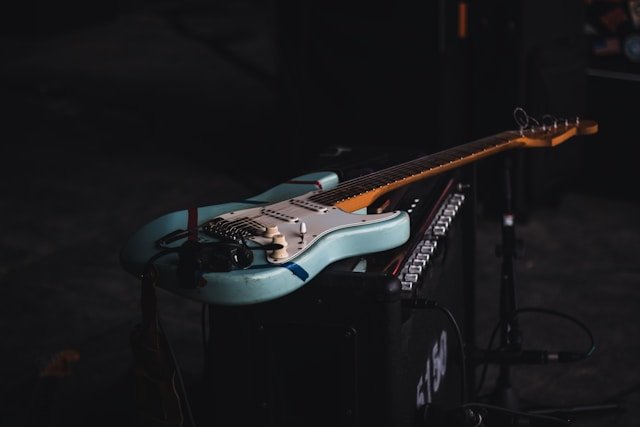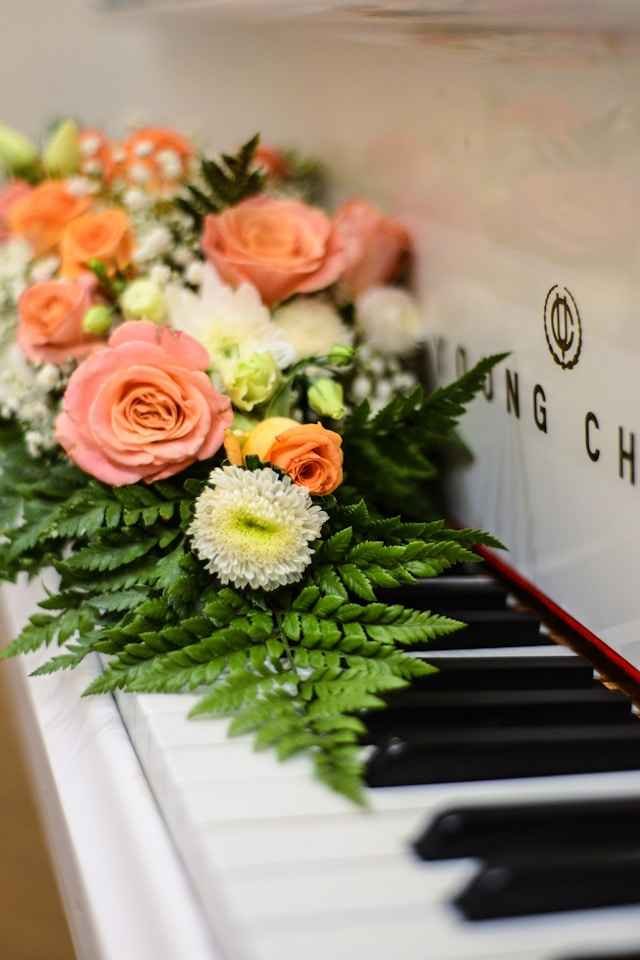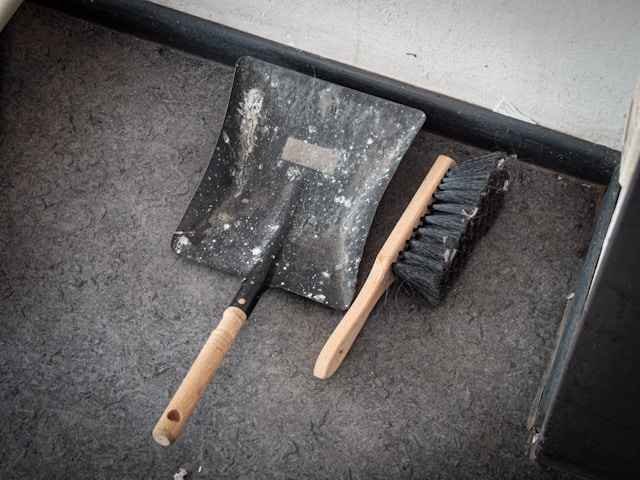Introduction to When Do Hydrangeas Bloom
Hydrangeas are beloved for their stunning, voluminous blooms that add elegance to any garden. But if you’ve ever planted hydrangeas and wondered why they aren’t flowering, timing is key. Different hydrangea species bloom at varying times, and factors like pruning, climate, and care play a crucial role.
In this guide, we’ll explore:
- The blooming seasons for different hydrangea types
- Factors that affect hydrangea flowering
- Tips to encourage more blooms
When Do Hydrangeas Bloom? (By Variety)
Hydrangeas bloom at different times depending on their species. Here’s a breakdown of the most common types:
1. Bigleaf Hydrangeas (Hydrangea macrophylla)
- Bloom Time: Early summer to fall (June – September)
- Flower Types: Mophead (round clusters) or lacecap (flat blooms)
- Key Fact: These hydrangeas bloom on old wood, meaning next year’s buds form in late summer.
2. Panicle Hydrangeas (Hydrangea paniculata)
- Bloom Time: Mid-summer to fall (July – October)
- Flower Type: Cone-shaped white blooms that may turn pink
- Key Fact: These bloom on new wood, making them more cold-hardy and easier to prune.
3. Smooth Hydrangeas (Hydrangea arborescens)
- Bloom Time: Early summer to fall (June – September)
- Flower Type: Large, round white or greenish blooms (e.g., ‘Annabelle’)
- Key Fact: Blooms on new wood, so pruning in late winter won’t affect flowering.
4. Oakleaf Hydrangeas (Hydrangea quercifolia)
- Bloom Time: Early summer (June – July)
- Flower Type: Cone-shaped white flowers that fade to pink
- Key Fact: Known for their fall foliage and peeling bark, they bloom on old wood.
5. Mountain Hydrangeas (Hydrangea serrata)
- Bloom Time: Early to mid-summer (June – August)
- Flower Type: Similar to lacecap bigleaf hydrangeas
- Key Fact: More cold-tolerant than bigleaf varieties.
6. Climbing Hydrangeas (Hydrangea petiolaris)
- Bloom Time: Late spring to early summer (May – July)
- Flower Type: Flat, white lacecap clusters
- Key Fact: Slow to establish but long-lasting once mature.
Factors That Affect Hydrangea Blooming
If your hydrangeas aren’t blooming as expected, consider these factors:
1. Pruning at the Wrong Time
- Old Wood Bloomers (Bigleaf, Oakleaf, Mountain): Prune right after flowering.
- New Wood Bloomers (Panicle, Smooth): Prune in late winter or early spring.
2. Winter Damage
Harsh winters can kill buds on old wood varieties. Protect plants with mulch or burlap in colder climates.
3. Too Much or Too Little Sun
- Bigleaf & Oakleaf: Prefer morning sun and afternoon shade.
- Panicle & Smooth: Tolerate full sun in cooler climates.
4. Improper Fertilization
Too much nitrogen promotes leafy growth over flowers. Use a balanced fertilizer (10-10-10) in spring.
5. Soil pH & Flower Color
- Acidic soil (pH < 6): Blue flowers (for bigleaf hydrangeas)
- Alkaline soil (pH > 7): Pink flowers
- Add aluminum sulfate for blue blooms or lime for pink.
How to Encourage More Hydrangea Blooms
- Water deeply (1 inch per week) to prevent drought stress.
- Mulch to retain moisture and regulate soil temperature.
- Deadhead spent blooms to encourage new growth.
- Avoid over-fertilizing, which can reduce flowering.
Final Thoughts
Hydrangeas bloom from late spring to fall, depending on the variety. By understanding their blooming habits and providing proper care, you can enjoy lush, colorful flowers throughout the season. Whether you have bigleaf, panicle, or oakleaf hydrangeas, timing your pruning and protecting buds in winter will maximize blooms.
Do you have a favorite hydrangea variety? Share your blooming experiences in the comments!
For more, visit our website, Homethreads







